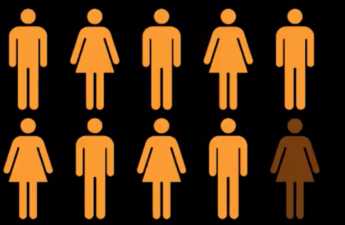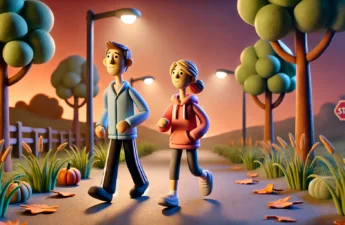
Face Coverings and Children
Erin Murphy, Public Health – Seattle & King County
Beginning Friday, June 26, Washington State will require face coverings including children older than 5 years old and strongly encouraged for ages 3-5. Here are some answers to questions that parents and caregivers may have about face coverings and children.
How on earth do I keep a face mask on my child? How do I keep them from touching it? What if it’s uncomfortable with them?
As parents and caregivers, we can only do our best. Be kind to yourself! Find good tips here on helping kids to wear face coverings. It’s important to find the most comfortable fit possible, snugly fitting over nose and mouth. Remember there are a number of options that range from cloth masks to bandanas and scarves.
If they can wear a face covering properly with a little practice and assistance, please do encourage it. Some is better than none, so even wearing a face covering part of the day or to public places for a limited amount of time is helpful. Otherwise, please model wearing a face covering for your children but you don’t need to make young children wear face coverings. More on face covering exceptions including for children here.
What do I do with my or my child’s mask when we don’t need to/can’t wear them (ie: when we’re eating or drinking)? How do we safely store them?
Best practice is to wash/sanitize hands before putting on or removing your face covering. Avoid touching the outside of the mask by folding it carefully so the outside does not make contact with any other part. Do not place the face covering on a public surface but store in a private place, such as a personal bag.
I can’t find/afford a mask that fits my small child, what do I do?
Face coverings should fit snugly over your child’s nose and mouth. If you can’t access one small enough for your child, a scarf or bandana may be your best option as you can adjust the fit with more flexibility. We have tips for making masks, including suggested dimensions for children.
I know I should be washing my family’s masks every time they wear them but I don’t have the time or resources, what are my alternatives?
The safest thing is to wash your face covering after each wear as it has the potential to be contaminated after every wear. However, health experts don’t believe the primary virus transmission is contact with surfaces. As long as you are not in a high risk setting or in contact with someone you know has COVID-19, you can choose to re-wear face coverings for a limited number of times, always avoiding touching the outside of the face covering.
Does wearing masks and/or seeing others wearing masks hurt my child’s physical, social, or emotional development?
The current dominant health expert opinion is no, wearing a face covering or seeing others wear them will not negatively impact development. Wearing a face covering is outweighed by other risk factors.
However, some children may have a harder time communicating or working on skill development in settings where they or others are wearing face coverings. Many spaces do not require face coverings (in our homes, when we can maintain 6 feet of distance outside) and it is particularly important to engage with kids during these times to reinforce communication, work on building skills, answer questions about what happened when wearing/seeing others wear a mask or what may happen, etc.
If your child has a hard time with masks (on self or others)- prepare in advance by
- Answering questions
- Anticipate challenging interactions or concerns
- Practice alternative ways to communicate and invent other strategies for communication (gestures, pictures, carry note pad and pencil, etc.)
Impacts vary during different developmental stages. Very young kids who are learning lots of social -emotional and communication skills during the first 3 years are not wearing face coverings in most settings or for long periods of time. Adolescents are well-versed in numerous modes of communication but may struggle with other aspects of face coverings including – why face coverings are less “safe” for some people, face covering exceptions, following recommendations when it is hard, etc.
We appreciate all the parents and caregivers encouraging and supporting children in wearing face coverings to protect our community from COVID-19!
Originally published on June 25, 2020.


